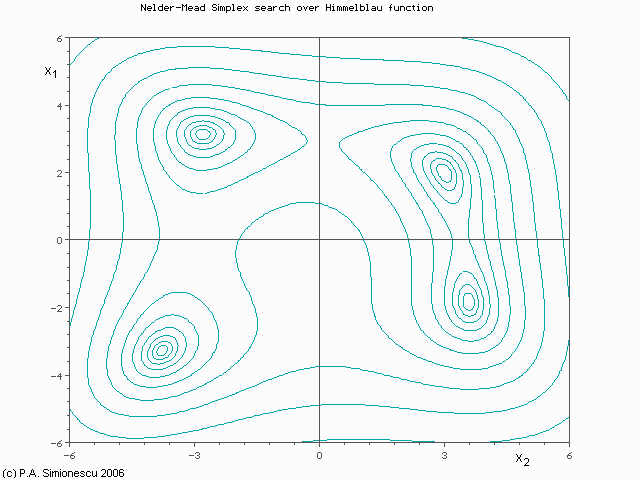I'm working with a PI controller that regulates temperature through a pwm duty cycle.
It generally controls well. However, the system requires a certain minimum duty cycle to balance the heat loss. When the PI finally gets it right, that is, when the Proportional error is Zero and the Integral error is Zero, the output also goes to Zero and throws the system off. Then the PI starts working hard at minimizing the error and repeats.
Is there a solution to this?
Additional Information
The heater is only allowed to go from 0 to 1 maximum of 3 times per unit time (a strict requirement). This causes the fixed frequency saw tooth wave you see.
Here is the overview:

Here is the problem area zoomed and marked. The Integral crosses zero and results in a whimper output which then causes a large error and the pattern repeats:

PID output. Yellow: Integral, Magenta: Proportional, Cyan: Error, Red: Output.
You can see when the Proportional and Integral near zero, the whimper occurs.
The PI output is passed through a duty limiter and sign filter resulting in only 0 or 1 outputs. It is then passed to the frequency regulator that does not allow more than one 0->1 transition in the same 1/3 of unit time. This means that for a portion of the cycle, the output of pi controller is culled. The integral portion continues to build however and compensated in the next period.


Best Answer
I know exactly where you're coming from. The mistake you're making is assuming that the integral term drops to zero in steady state. This is not the case, and, indeed, is highly dependent on implementation details.
First off, understand the integral term in a mathematical PID is the integral from the start of time (or, well, the system) and not "error over last few cycles". Your implementation of PID or PI should not cause the older contributors of the integral term to drop in relative weightage of the I term. Let me explain. When writing the I term's code, the first instinct is to assume that the term will diverge, crossing the variable size and overflowing, and people attempt to fix this using moving averages, degrading the weightage of the older values, and all sorts of strange gimmicks. This should not happen in a properly implement PI or PID system. Instead, you should simply calculate I as I = I + Ki*Error.
The baseline level required to maintain the system, which you mention in your question, must be provided by the I term. Since you do not know how much this is apriori, you must allow the controller to discover this value for itself. That, in fact, is the job of the I term. The Ki value should be small enough for the controller to converge before it overflows. Some thought about how this works on paper will help. Try to visualize the process, not specific boundary conditions. One thing that you should keep in mind is that the I term is not constructed from absolute value of error. It includes both positive and negative values of error.
Further, imagine the condition where the controller is just reaching the steady state. You will realize that I is not necessarily zero at this point. Indeed, I is actually the baseline control force you mention in the question. If the state actually remains stable, and if error from here on in is continuously zero (or zero averaged over time), the value of I will remain as it is.
Now, when it comes to real implementations, the problem you will face is that even with a small I, by the time your system reaches the set point, I may well have saturated. The system will then have to err in the opposite direction for a long time to rid itself of the I term it accumulated while it was still reaching the set point. In fact, I've noticed that PI and PID work best for a single set point, and degrade when you have to keep changing that point by a large value. A big contributor to this is the fact that I has high inertia. Tuning the value of I is possible to keep rhe controller functional, but when the system itself responds to stimulus slowly (say you're heating a block of metal), tuning is often difficult. Instead, what can help is to activate I only when. The system is within a certain threshold of the set point. When you change the set point by something greater than this threshold, clear I and disable it (use only P/PD control) until you reach close to the new setpoint. By doing this, you add another tunable parameter (the threshold), but it makes setting both Ki and the threshold easier than setting Ki by itself to be optimal for both situations.